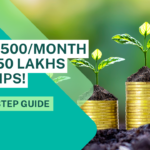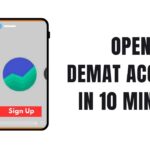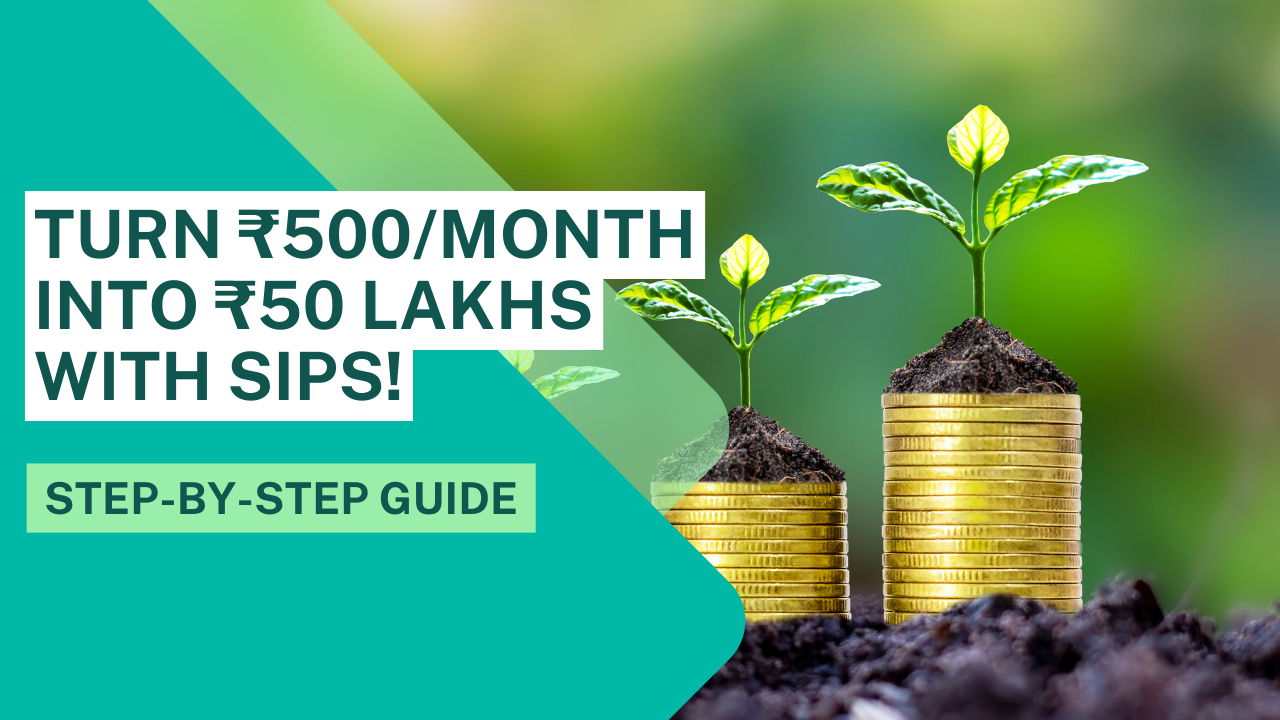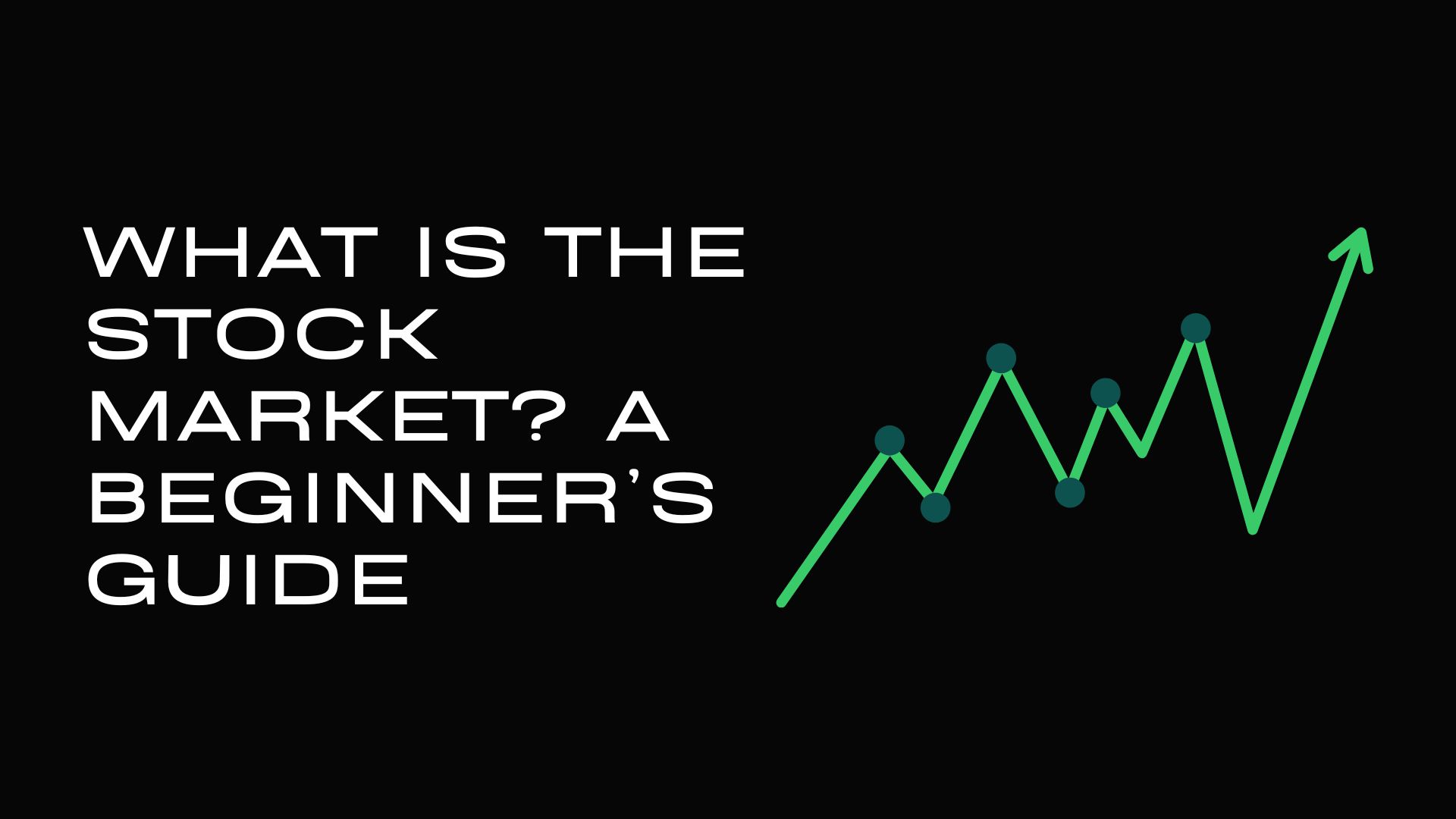Let me guess: You’ve read about Demat accounts, but the moment you see terms like AMC charges or DP ID, your brain freezes. I’ve been there! When I opened my first Demat account in 2021, I accidentally uploaded a selfie instead of my PAN card. 😅
But don’t worry—this guide will walk you through the process in plain English, with the pros/cons of top brokers like Zerodha, Upstox, Kotak Neo, and Groww. Let’s get started!
Table of Contents
What is a Demat Account? (And Why You Need One)
A Demat account (short for a Dematerialized account) is like a digital locker for your shares. Just like you need a bank account to hold money, you need a Demat account to hold stocks, mutual funds, or ETFs.
Why open one?
- Buy/sell shares on the stock exchange NSE or BSE.
- Invest in IPOs and Mutual fund
- Store shares safely (no more physical certificates!).
How to Choose the Best Broker: Zerodha vs Upstox vs Kotak Neo vs Groww
Not all brokers are created equal. Here’s a no-nonsense comparison based on fees, ease of use, and features:
1. Zerodha
- Best for: Low-cost trading with advanced tools.
- Pros: ₹0 brokerage on equity delivery, user-friendly platform (Kite).
- Cons: ₹300+18% GST/ year AMC after the first year.
2. Upstox
- Best for: Beginners, mobile users and easy to use
- Pros: Free equity delivery trades and sleek app interface.
- Cons: Limited research tools.
3. Kotak Neo
- Best for: New investors + Kotak Bank customers.
- Pros: Zero brokerage for under 30 years of age on equity delivery, seamless bank integration.
- Cons: Higher charges for users above 30 years and different types of plans.
4. Groww
- Best for: Mutual fund investors.
- Pros: Simple UI, ₹0 account opening fee and zero AMC (Account Maintenance Charge).
- Cons: Limited stock analysis tools.
Still confused? Use this rule: Pick Zerodha/Kotak Neo for stocks, Groww for mutual funds.
Step-by-Step Guide to Open a Demat Account (2025)
Step 1: Visit the Broker’s Website
Step 2: Sign Up with Mobile & Email
- Enter basic details like name, mobile number, email, Adhaar card number and PAN.
Step 3: Complete eKYC (5 Minutes)
- Upload Documents:
- PAN card
- Aadhaar card (linked to mobile number)
- Bank proof (cancelled cheque or bank statement)
- In-Person Verification (IPV): A 2-minute video call where you show your PAN card. ( Maybe some brokers should ask).
Step 4: Activate Your Account
- You’ll receive your Demat Account Number and Trading Password via SMS/email in 24–48 hours.
Hidden Charges to Watch Out For
- Annual Maintenance Charges (AMC): ₹0–300/year (Zerodha charges ₹300 after the first year).
- DP Charges: ₹15–25 per transaction when you sell shares.
- GST: 18% on brokerage and other fees.
Pro Tip: Kotak Neo offers zero AMC and zero equity delivery brokerage for users below 30 years—great for newbies!
FAQs (From Real Users!)
Q: Can I open two Demat accounts?
A: Yes! You can have multiple accounts with different brokers.
Q: Is Aadhaar mandatory?
A: Yes, for eKYC. No offline options without Aadhaar.
Q: Which broker is safest?
A: All SEBI-registered brokers (like Zerodha, and Kotak Neo) are safe. Your shares are held with NSDL/CDSL, not the broker.
Q: How to close a Demat account?
A: Submit a closure form + transfer shares to another account. Takes 7 days.
Final Thoughts: Don’t Overthink It!
Opening a Demat account is easier than ordering Zomato. I spent weeks procrastinating—don’t make my mistake. Pick a broker, upload your PAN, and start small (even ₹500/month in SIPs).
Up Next: Post 3: SIPs Explained—How to Invest ₹500/month Like a Pro.
CTA: Already opened your account? Share your experience in the comments! Got questions? Ask below—we reply fast!









